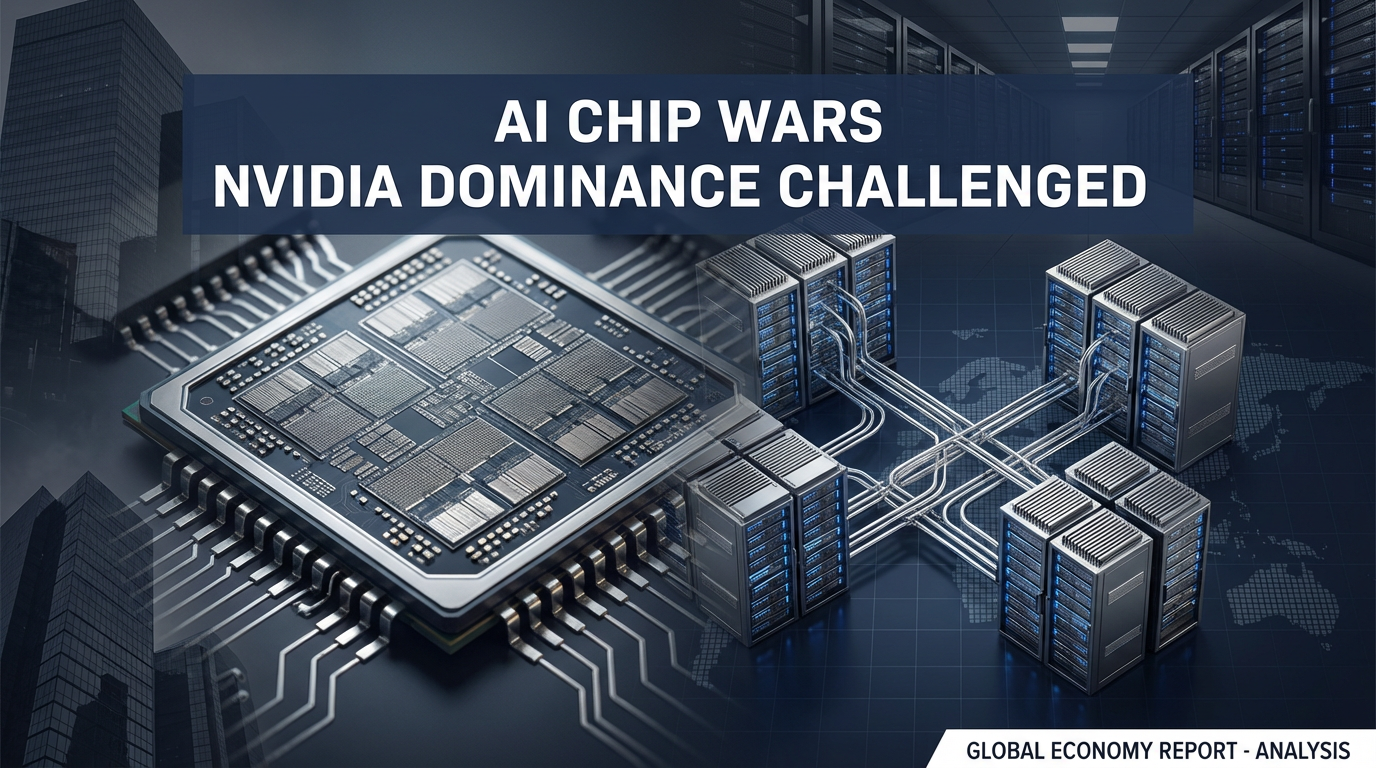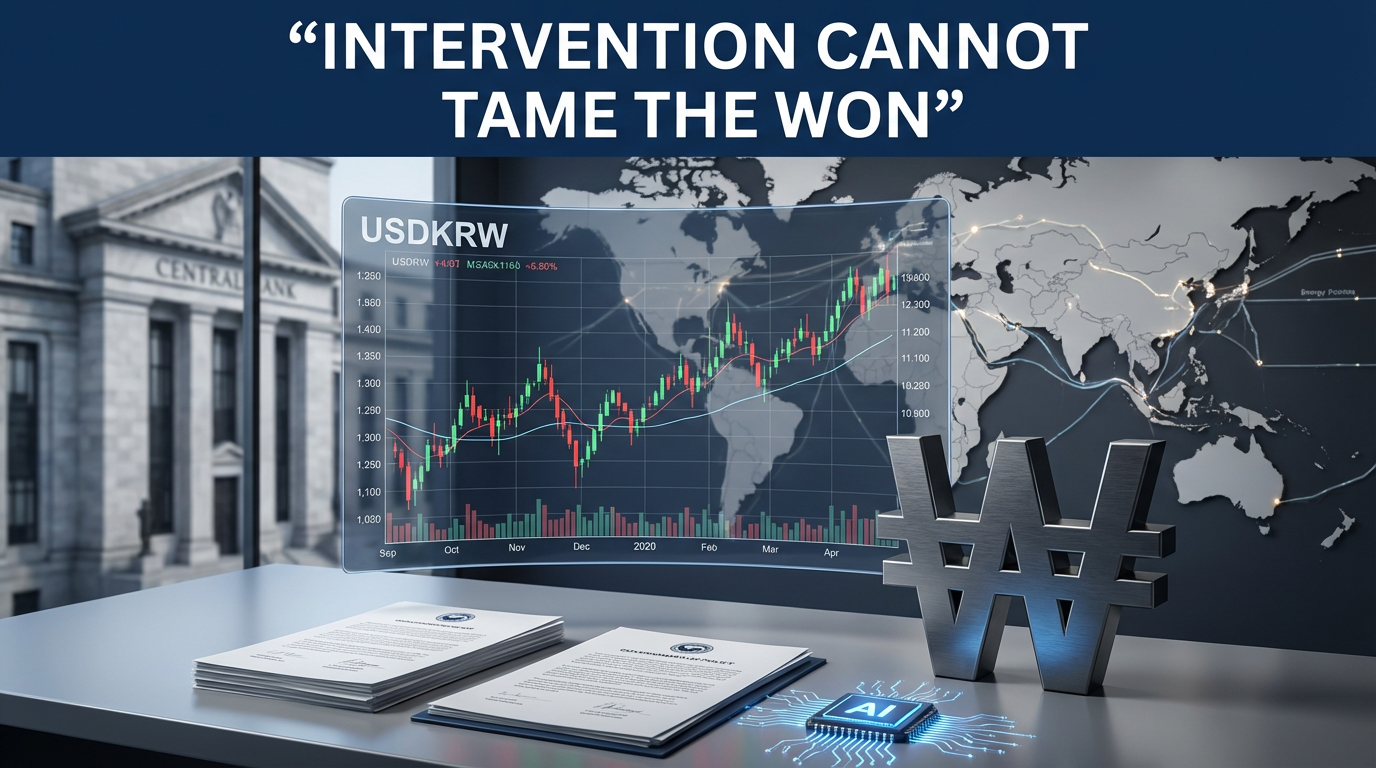● Trump’s Flip-Flop Crushes US Investor Sentiment!
Individual Investment Sentiment Weakens Amidst U.S. Stock Market Instability: Comprehensive Analysis of Tariff Issues and Fed Remarks
1. Rapid Shift in Individual Investor Sentiment and Stock Market Correction Outlook
According to the latest survey from the American Association of Individual Investors, the proportion of market decline forecasts surged from 40.5% to 60.6% in a single day.
The gap between bearish and bullish outlooks reached 41.2%, the highest since September 2022.
These figures indicate a sharp shift in investor sentiment compared to historical averages of 37.5% bullish and 31.0% bearish.
Investors are feeling fatigued amidst a barrage of news and uncertainties, amplifying concerns about a stock market correction.
2. Confusion over Tariff Issues and Trump’s Remarks
Confusion within the Trump administration regarding tariff policies is acting as another variable in investor sentiment.
The schedule for imposing a 25% tariff on Canada and Mexico, after being postponed, may be re-implemented.
Trump’s announcement of an additional 10% tariff on China is increasing uncertainty as tariff schedules change daily.
These intricately intertwined tariff issues are negatively impacting the economy and the U.S. stock market as a whole.
3. Impact of International Political Tensions and Corporate Earnings
International political issues, such as the Ukraine situation and the UK summit, are further dampening investor sentiment.
In particular, statements related to Trump and Zelensky are adding to the confusion, and the market is showing cautious movements amidst strategic ambiguity.
The frequency of tariff mentions during corporate earnings announcements has exceeded 700, the highest since 2005, amplifying anxiety.
The significant decline in the tech-heavy Nasdaq and the sharp drop in major stock prices such as Nvidia, Tesla, and Palantir reflect this.
On the other hand, Berkshire Hathaway, based on Buffett’s investment strategy, is increasing its cash holdings and showing a gradual increase.
4. Fed Remarks, Inflation Outlook, and Warning Signs from Employment Indicators
Kansas City Fed President Schmid has taken a more cautious stance on the inflation outlook than in the past.
Unlike the low initial inflation expectations at the beginning of the month, the recent rise in Michigan’s expected inflation to 4.3 is becoming a source of instability.
At the same time, the increase in unemployment claims for government employees, resulting from government reductions, is fueling concerns about short-term employment instability.
The Fed’s monetary policy and inflation management issues are expected to impact the economy as a whole through methods such as future economic slowdowns and interest rate policy shifts.
5. Stock Market Outlook and Short-Term Volatility Prediction
The stock market is interpreted to have entered a short-term correction phase due to overall economic uncertainties and various variables.
Depending on the market data for tomorrow or next week, the stock market may rebound or the short-term downturn may continue.
In particular, with the PC n index predicted to be 2.5, it is necessary to pay attention to how quickly the short-term stock market balance will recover.
As suggested by key SEO keywords such as economy, U.S. stock market, tariffs, investment, and the Fed, uncertainty due to various variables is expected to continue in the future.
Overall economic uncertainty is increasing stock market volatility.
U.S. individual investors have drastically increased their market decline forecasts in a single day.
Confusion over tariff schedules and Trump’s remarks are negatively affecting the stock market.
International political tensions, increased mentions of tariffs in corporate earnings announcements, and the Fed’s cautious remarks are dampening investor sentiment.
Worsening employment indicators and inflation concerns are making the possibility of a short-term stock market rebound unclear.
[Related Articles…]
In-depth Analysis of Tariff Issues
Fed Remarks and Economic Outlook
*Source : [Maeil Business Newspaper] [홍장원의 불앤베어] 말 바뀌는 트럼프 커져가는 불확실성. 싸늘하게 식어가는 미국 투자심리. 엔비디아 주가 8% 넘게 밀려

● Crashing Stocks? The Jevons Paradox Strikes!
Analysis of the Background and Future Prospects of the U.S. Stock Market Crash
1. Stock Market Crash Timeline
U.S. stocks have plummeted since early this morning.
The market fell as soon as it opened, and in the middle, rumors related to Trump’s tariffs and sell-offs overlapped, causing a sharp decline.
Notably, the Nasdaq index fell nearly 10% in a single day.
Successive large bearish candles have dampened investor sentiment.
2. Major Negative and Positive Factors
Major negative factors include Trump’s tariff remarks and the imposition of additional tariffs on China, Mexico, and Canada.
Additionally, Japan’s rising Consumer Price Index (CPI) and the shift to a stronger Yen are also acting as destabilizing factors for the global economy.
Conversely, positive factors such as AI investment and technological advancements exist, but short-term negative factors are increasing market volatility.
As these negative and positive factors coexist, investors are reacting sensitively to the uncertain market environment.
3. Big Tech and Liquidity Concentration Phenomenon
Big Tech stocks account for approximately 40% of the total market capitalization in the U.S. stock market.
As passive ETF funds concentrate, a few stocks are raising controversy over whether they are in a bubble.
If liquidity is concentrated in one area, the stock market is more likely to fluctuate when negative events occur.
In particular, the decline in Big Tech stocks, which are the core of the U.S. stock market, is amplifying overall market unease.
4. AI Market and NVIDIA Earnings Analysis
AI-related stocks, including NVIDIA, have recently plummeted.
NVIDIA’s gross margin is showing a downward trend, sparking controversy over the ‘Jevons Paradox’.
Despite the introduction of high-performance products, concerns are being raised about declining margins as price competitiveness increases.
Along with this, the AI investment boom continues, but the cost-effectiveness is being re-evaluated.
5. Future Outlook and Investment Strategy
The U.S. stock market is reacting sensitively to negative factors.
It should also be kept in mind that investor sentiment has become overheated after the index has risen more than twofold.
In the future, price adjustments are expected, along with high volatility due to liquidity concentration in Big Tech.
Investors should establish diversified investment and risk management strategies while closely monitoring keywords such as U.S. stocks, stock market, global economy, economic outlook, and AI investment.
The U.S. stock market crashed today due to a combination of negative factors, including selling pressure in the early market and rumors of Trump’s tariffs.
In particular, the concentration of liquidity in Big Tech is raising concerns about a stock market bubble, and global economic variables such as the rise in Japan’s CPI and the shift to a stronger Yen are also at play.
AI-related stocks, including NVIDIA, are facing concerns about declining performance along with the ‘Jevons Paradox’ controversy, and market volatility is expected to be high in the future.
Investors should focus on keywords such as U.S. stocks, stock market, economic outlook, global economy, and AI investment and prepare careful investment strategies.
[Related Articles…]
Analysis of the causes of the US stock plunge
Big Tech Investment Trends
*Source : [Jun’s economy lab] 미국증시는 왜 떨어지는 걸까?(ft.제번스의 역설)

● Trump’s China Blunder Shocking Power Shift
China’s AI Innovation: Challenging Global AI Competition Without NVIDIA Chips
1. Achieving AI Performance Without NVIDIA Chips
Chinese companies are achieving performance comparable to OpenAI without NVIDIA chips.
External factors, such as U.S. chip supply restrictions, are actually boosting China’s competitiveness.
China’s software upgrade strategy is becoming a key means of overcoming hardware limitations.
This is attracting significant attention in the context of the global economy, U.S. policy, and AI technology.
2. Software Innovation to Overcome Hardware Constraints
As the saying goes, necessity is the mother of invention; the strategy of compensating with software due to the limited supply of hardware has emerged.
The U.S., with its ample chip supply and financial resources, has been complacent with the existing methods, while China is exploring new directions.
This is creating an opportunity to shift the AI development paradigm itself.
Key words such as NVIDIA, the Chinese economy, and AI technology explain the current trend.
3. Redefining the AI Development Competition Structure Between the U.S. and China
Traditionally, the U.S. has been recognized as the originator of AI development, but this case shows a different aspect.
As in the case of the Chinese company DeepSeek, it is composed entirely of native Chinese personnel, from the CEO to the developers.
This is supported by the fact that Chinese people account for 47% of the world’s AI development workforce.
This phenomenon signifies not a competition between the U.S. and China, but a competition within China, that is, a leap from ‘follower to over taker.’
SEO keywords such as U.S. policy, the Chinese economy, the global economy, AI technology, and NVIDIA form the background of this change.
4. The Future and Challenges of China’s AI Development
Breaking away from the existing U.S.-led AI ecosystem, the network and way of thinking of Chinese people alone become a powerful weapon.
The fact that Chinese engineers working at OpenAI and the development team at DeepSeek share similar ways of thinking is advantageous for catching up on technology.
As a result, beyond reliance on U.S. technology, China is expected to create new markets through its own AI innovation.
This case requires multifaceted analysis including the global economy, AI technology, U.S. policy, the Chinese economy, and NVIDIA.
Chinese companies are achieving AI performance without NVIDIA chips.
U.S. chip supply restrictions are triggering China’s software innovation strategy.
AI development led by native Chinese personnel such as DeepSeek is shaking the U.S.-centered paradigm.
Keywords such as the global economy, AI technology, U.S. policy, the Chinese economy, and NVIDIA support this phenomenon.
This change is ultimately seen as an opportunity to leap forward as an over taker through fierce competition within China.
[Related Articles…]
Latest AI Innovation Trends
In-depth Analysis of Chinese Economic Trends
*Source : [웅달 책방] “우리가 알던 중국이 아니다” 트럼프는 크게 오판했다. 미중패권 결국 ‘이렇게’ 된다 (전병서 소장 / 풀버전)



